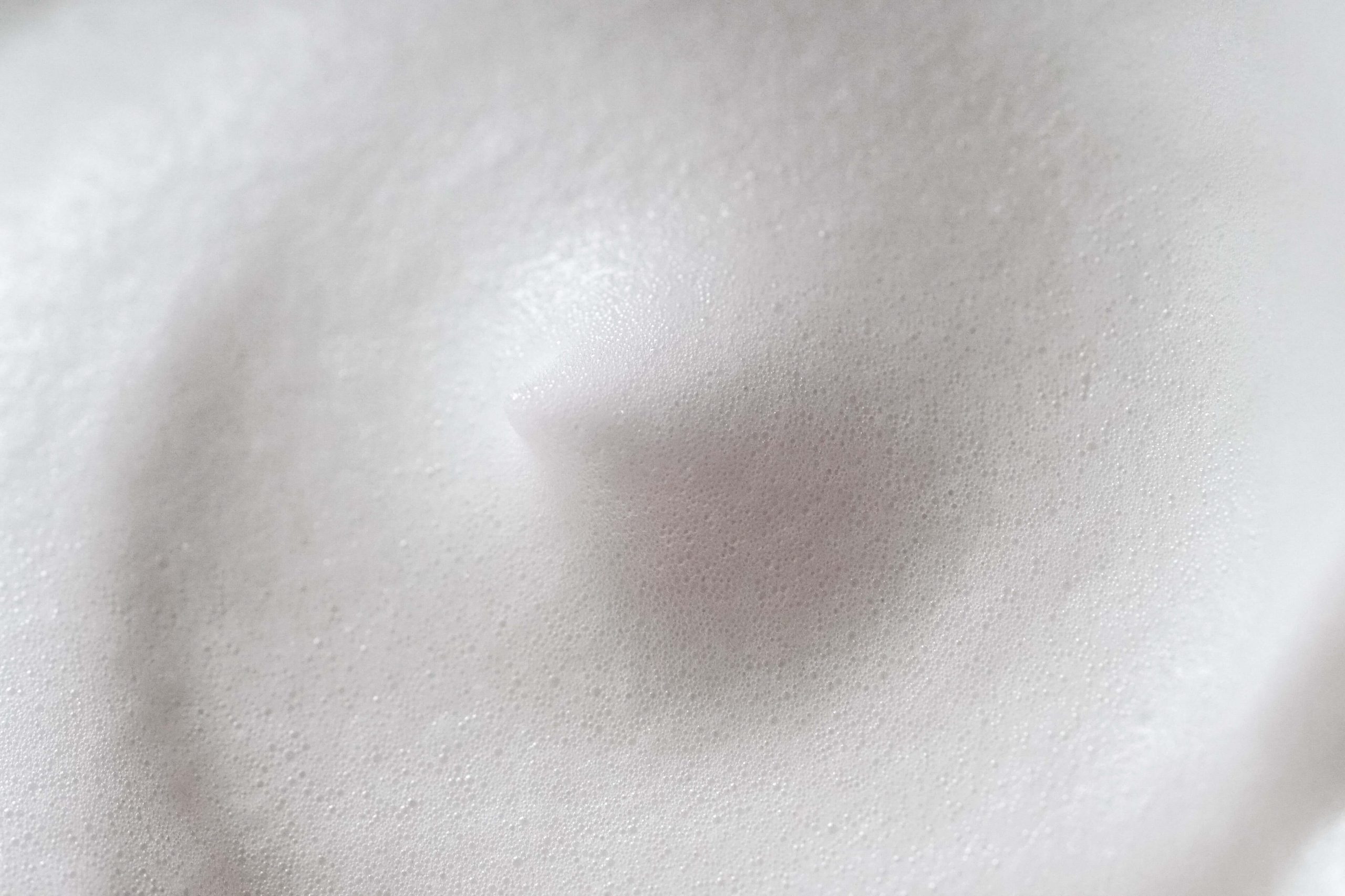
Clotrimazole is a common antibiotic used for treating fungal infections. If you’ve been recommended to use this product, the following article will answer all of the questions you might have regarding the topic.
What Is Clotrimazole
Clotrimazole is a topical antibiotic that is used to treat fungal skin diseases such athlete’s foot, jock itch, and ringworm (candidiasis). This medicine is also used to treat pityriasis (tinea versicolor), a fungal illness that causes the skin of the neck, chest, arms, and legs to lighten or darken. Clotrimazole is an azole antifungal that prevents fungus from growing.
It comes in the form of a cream, a spray, and a solution that you apply to your skin. The therapy you use will be determined by the location of the infection on your body, and you may get it at a drugstore or supermarket.
Using Clotrimazole
This drug should only be used on the skin. Clean and dry the area to be treated thoroughly. This medication should be applied to the affected skin twice a day or as instructed by your doctor. The type of infection being treated determines the dosage and length of treatment. Do not use this product more than once a day. Your illness will not improve faster, but the severity of your adverse effects may worsen.
Cover the afflicted area and some of the surrounding skin with enough medicine. Wash your hands after using this medication. Unless your doctor instructs you otherwise, do not wrap, cover, or bandage the affected area.
The length of time you should utilize the product is determined by the sort of condition you have. Even if all signs of the infection have gone away, it’s important to use it for at least 2 weeks to prevent it from returning. If necessary, it can be used for up to four weeks.
Clotrimazole should be applied 2 to 3 times per day to the afflicted area. If you use it three times a day, it will be more effective. It’s preferable to use the spray or solution if the affected region is large or hairy. If you’re going to use clotrimazole on your feet, make sure you wash and dry them completely first, especially between your toes.
Possible Side Effects Of Clotrimazole
Clotrimazole, like all drugs, can produce side effects, though not everyone experiences them. When you stop taking it, the side effects normally go away.
Red, irritated skin, soreness, or a burning or stinging feeling are all common adverse effects. If the side effects persist, try using a lower dose of the therapy or discontinuing it altogether.
Make a call to your local emergency service if you have a skin rash that is itchy, red, swollen, blistering, or peeling, you’re wheezing; you have chest or throat tightness; you have problems breathing or talking; or your mouth, face, lips, tongue, or neck begin to swell, you’re wheezing. You could be having a severe allergic reaction that necessitates hospitalization.
Where and which Clotrimazole to buy?
Clotrimazole anti fungal cream

This package contains 5 cream tubes to relieves itching, burning, cracking and scaling associated with fungal infections. It’s found to be effective for treatment of various infections as Athletes Foot, Jock Itch, Skin Fungus, Nail Fungus, and ringworm.
Terrasil Clotrimazole anti fungal cream

This package from Terrasil contains 6 cream tubes to relieve the fungal infections. The active ingredient is Clotrimazole.
Alternatives For Clotrimazole
Clotrimazole can be found in many different brands and products that will help you ease your pain and put an end to your struggle. Take a look at the following over-the-counter alternatives for Clotrimazole.
- Lotrimin. This brand offers different antifungal products depending on your condition such as athlete’s foot, jock itch, etc. It can be found in most supermarkets or pharmacies as well as online and has been clinically proven to help relieve pain and itch in the affected area.
- Inzo. A great antifungal cream that adheres effectively to wet or damp skin, such as skin folds. It rubs in clear for easy monitoring, won’t clog pores, and is perfect for protecting against maceration around stoma sites or peri-wound skin damage.
- Canesten. Available in three forms: external cream, internal cream, and pessary (a tablet you insert into your vagina). You can treat vaginal thrush using pessaries, cream, or both at the same time. Internal cream and pessaries are frequently marketed together. The external cream is used to treat thrush on the penis, breasts, armpits, groin, and between the fingers.






